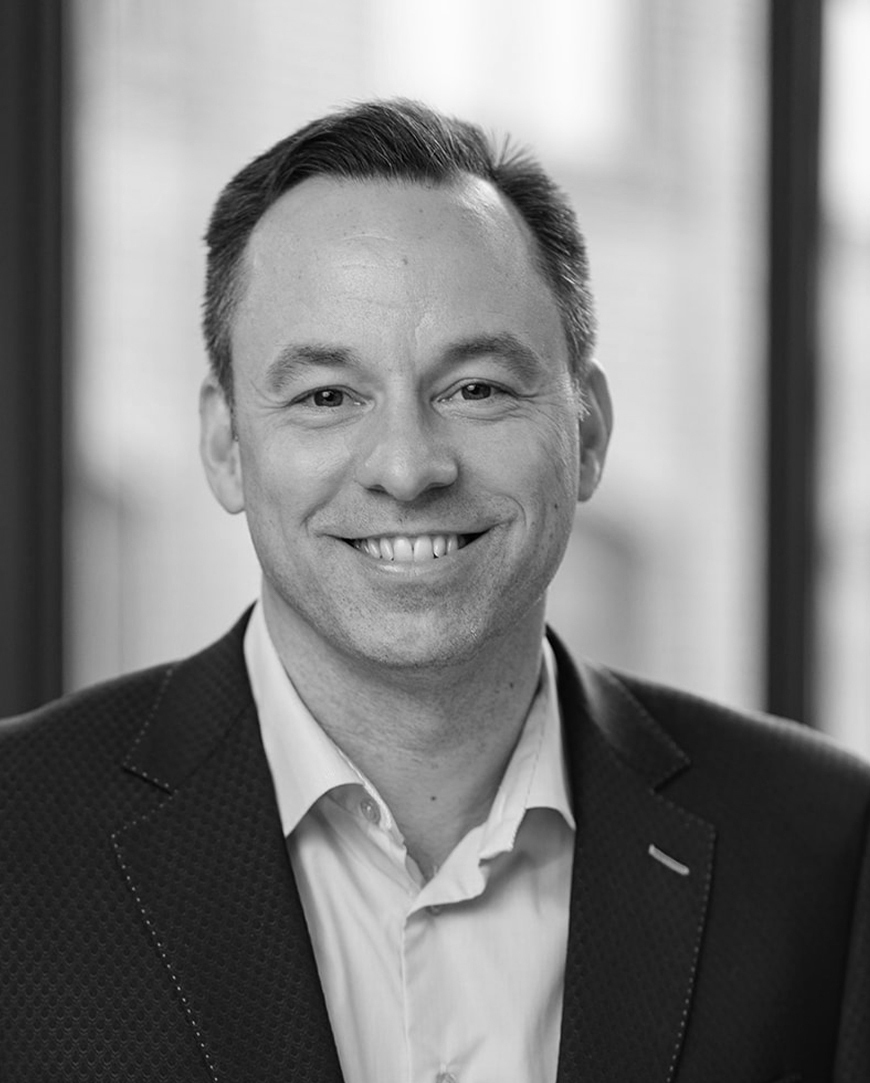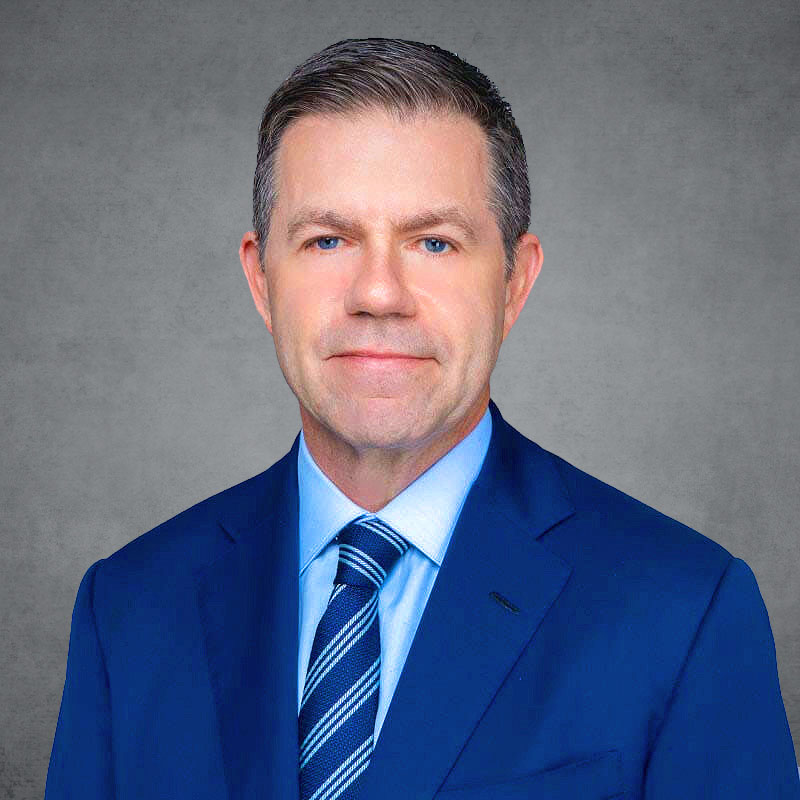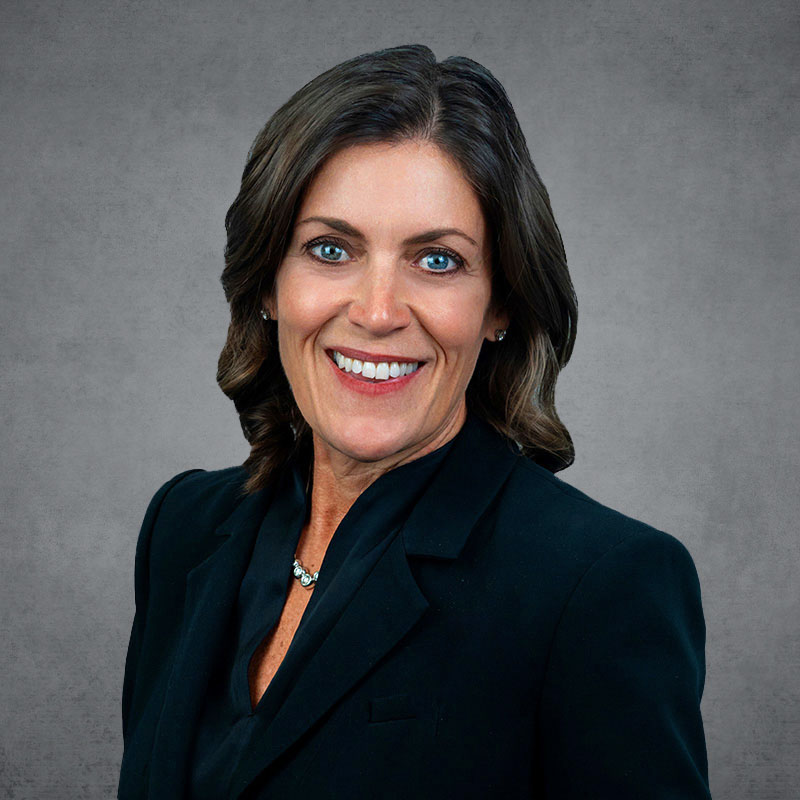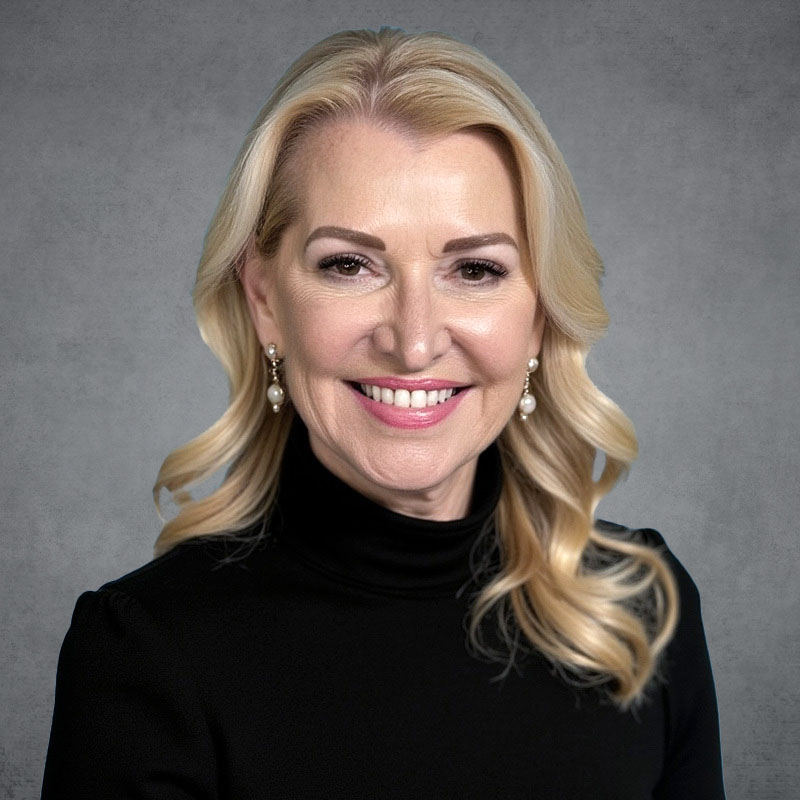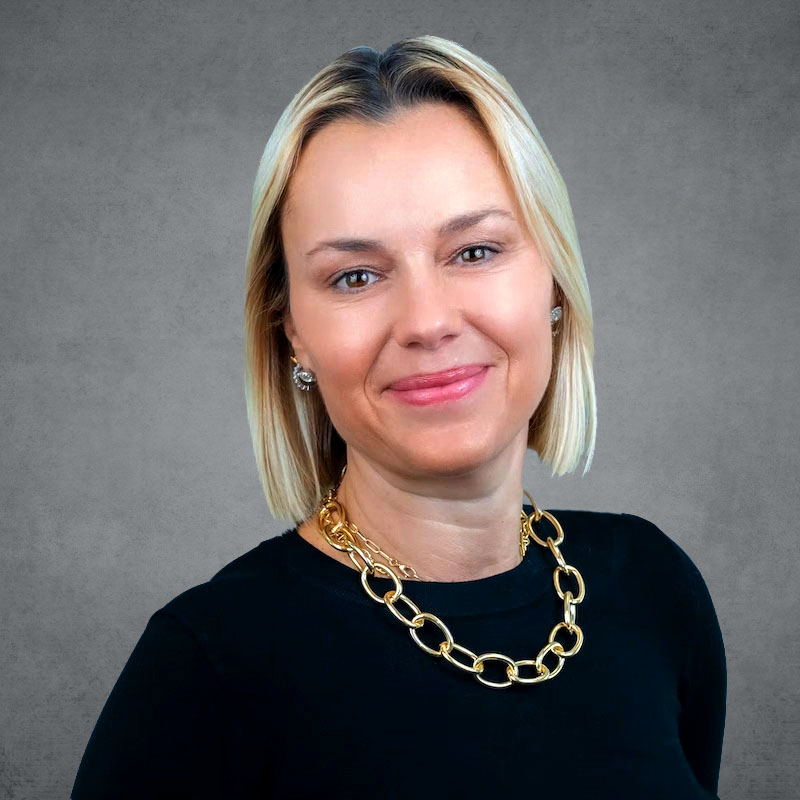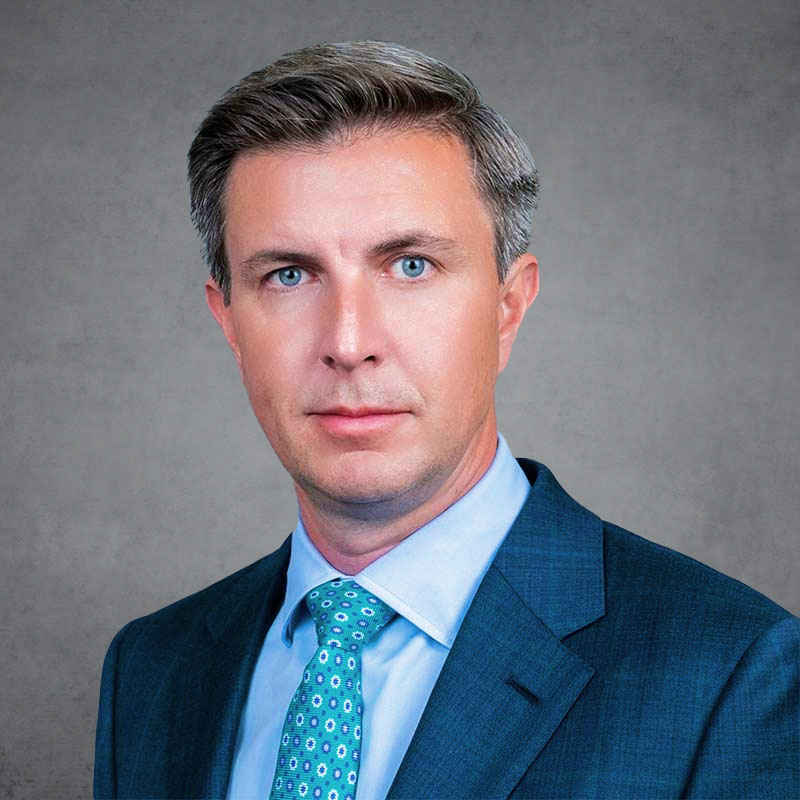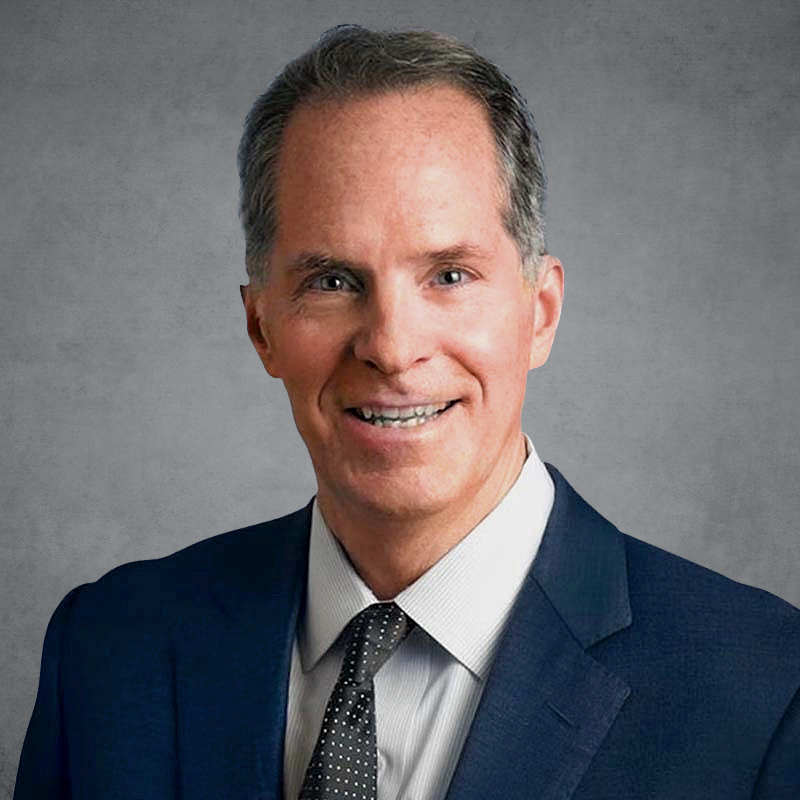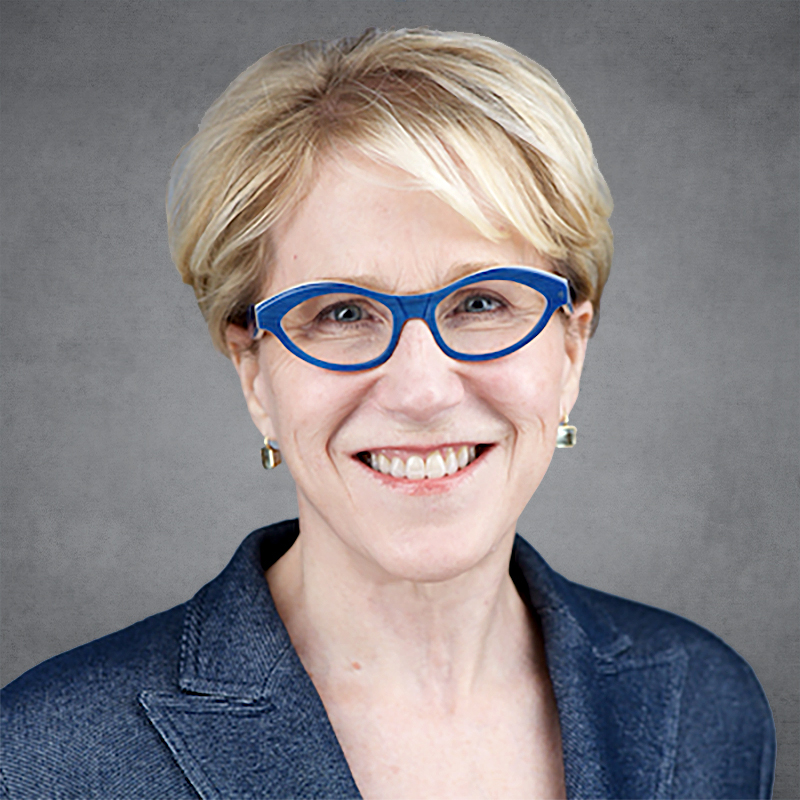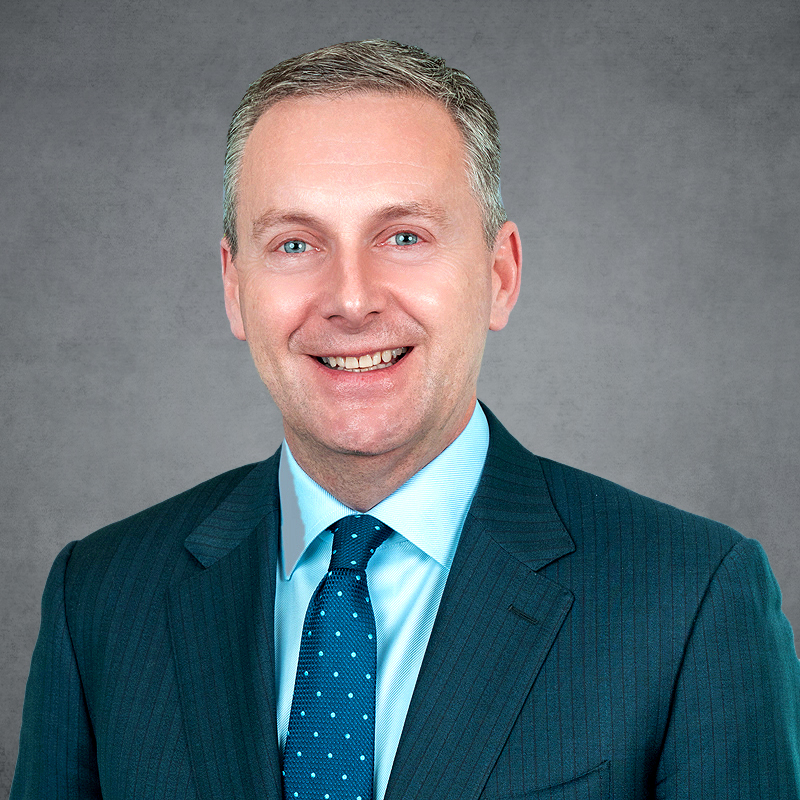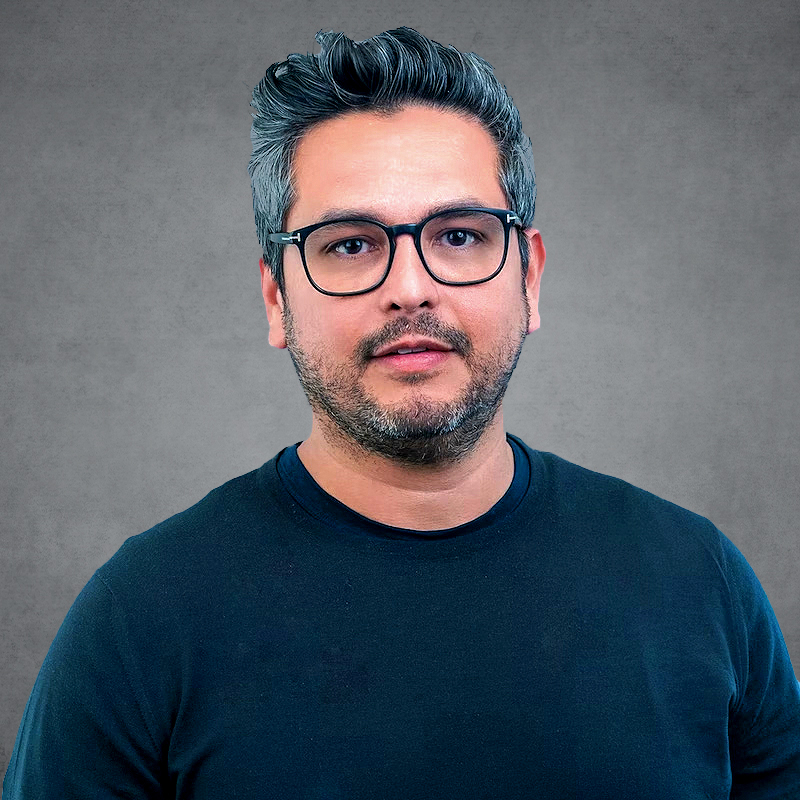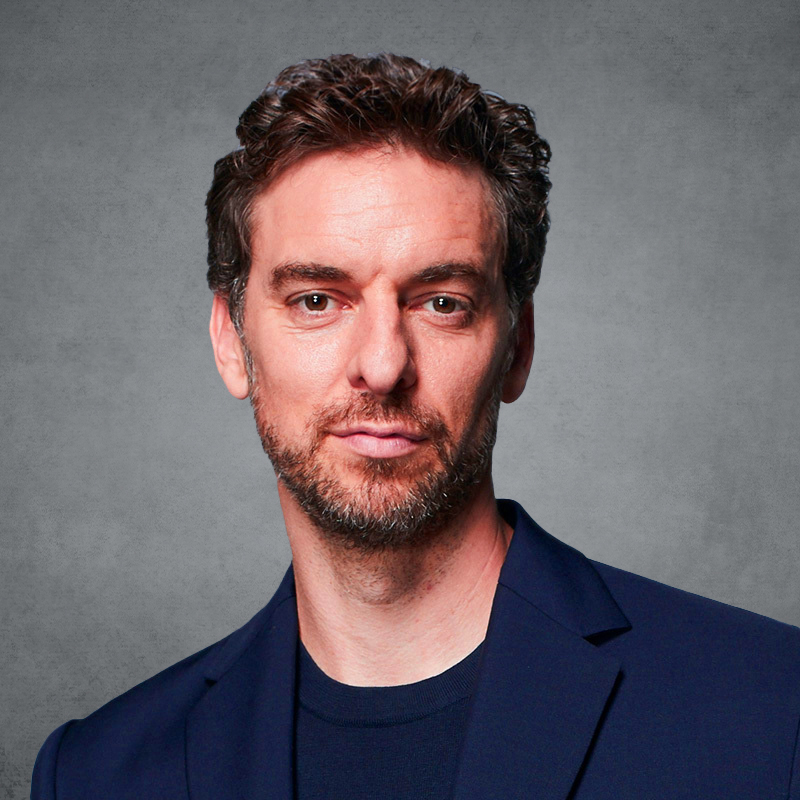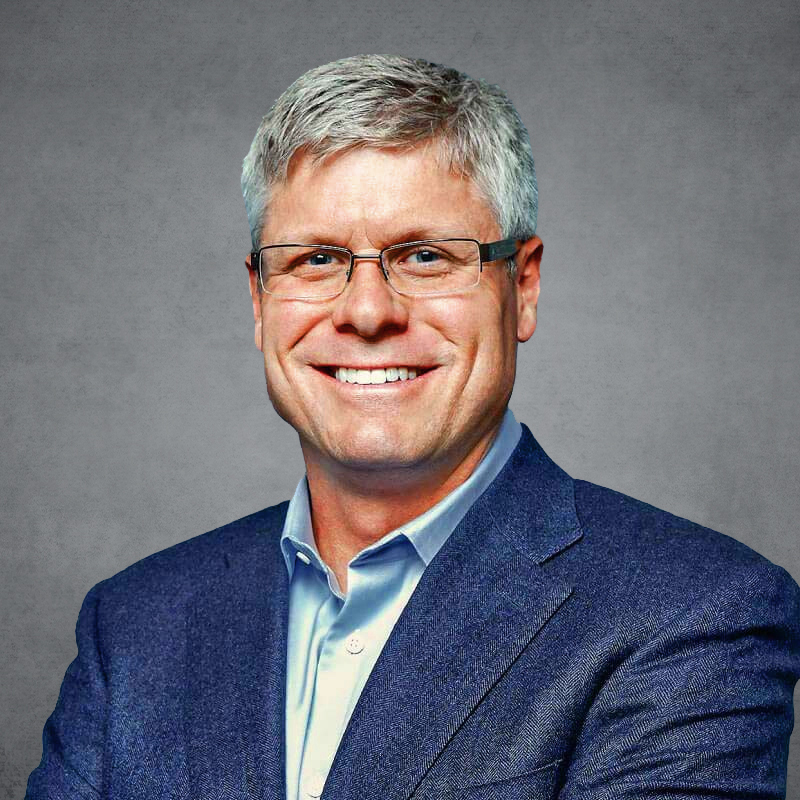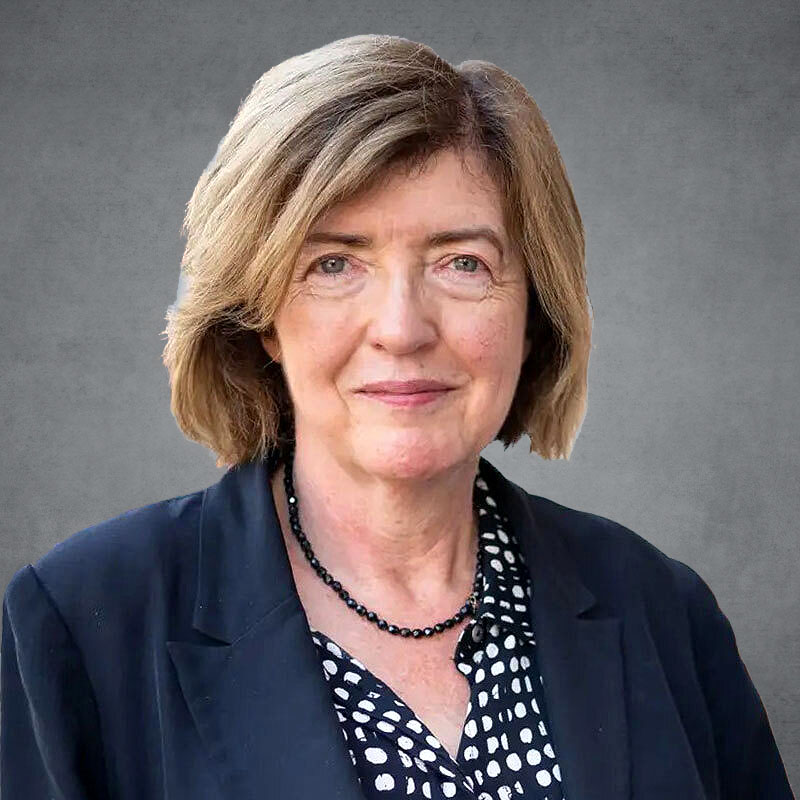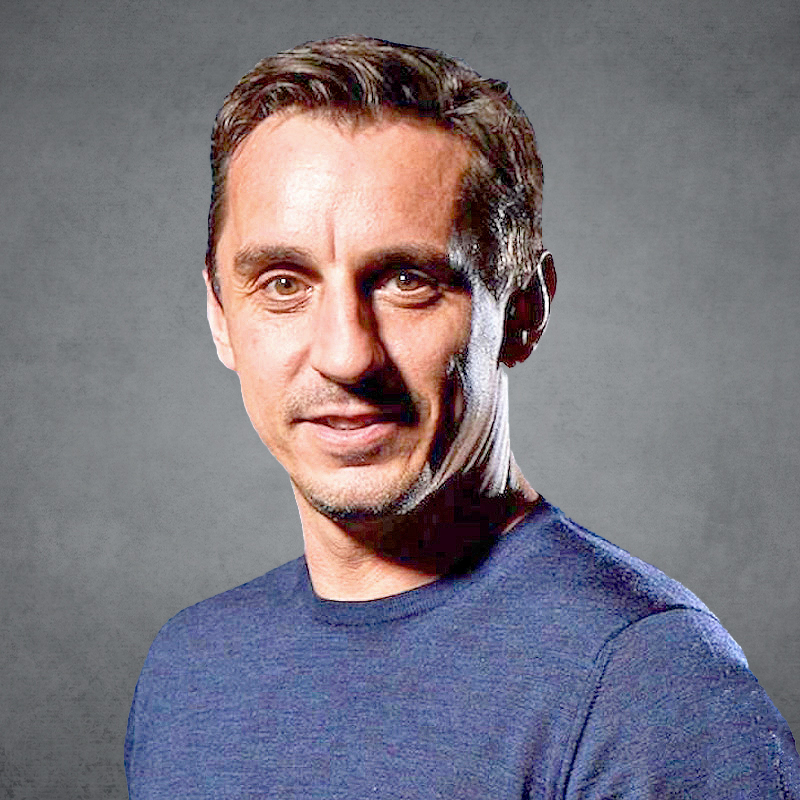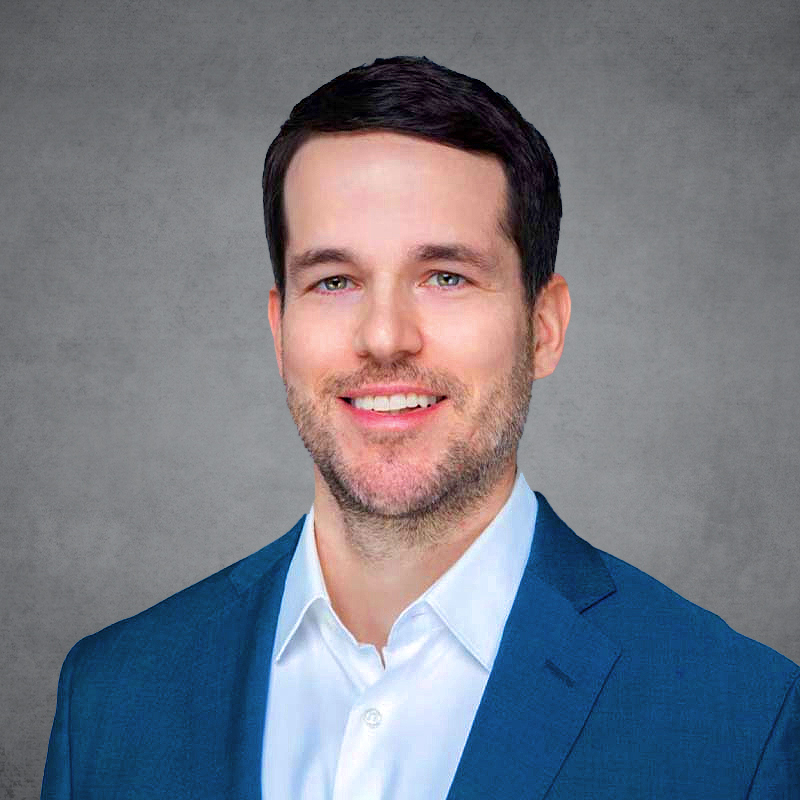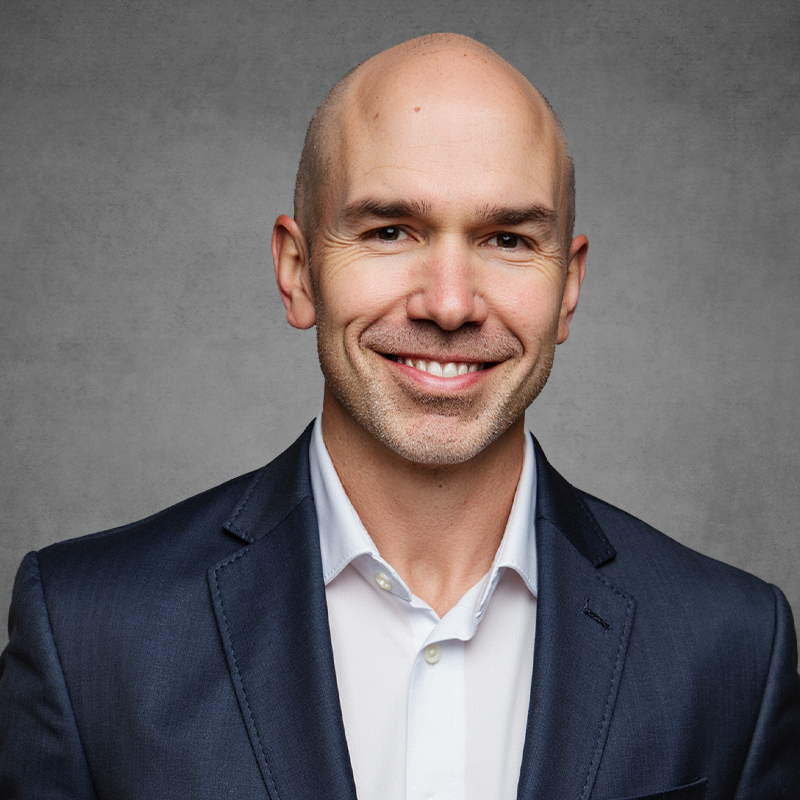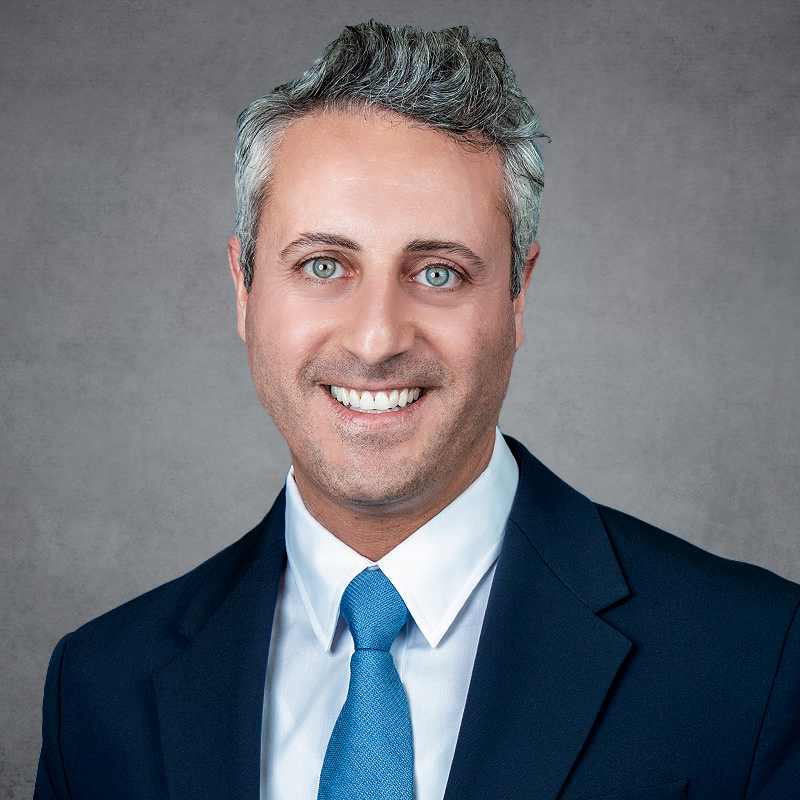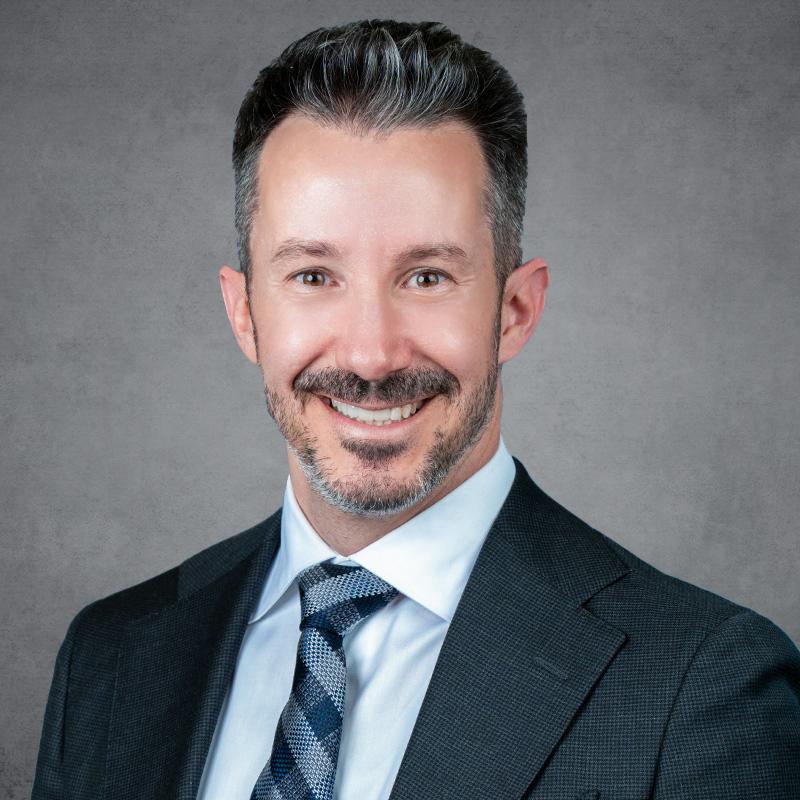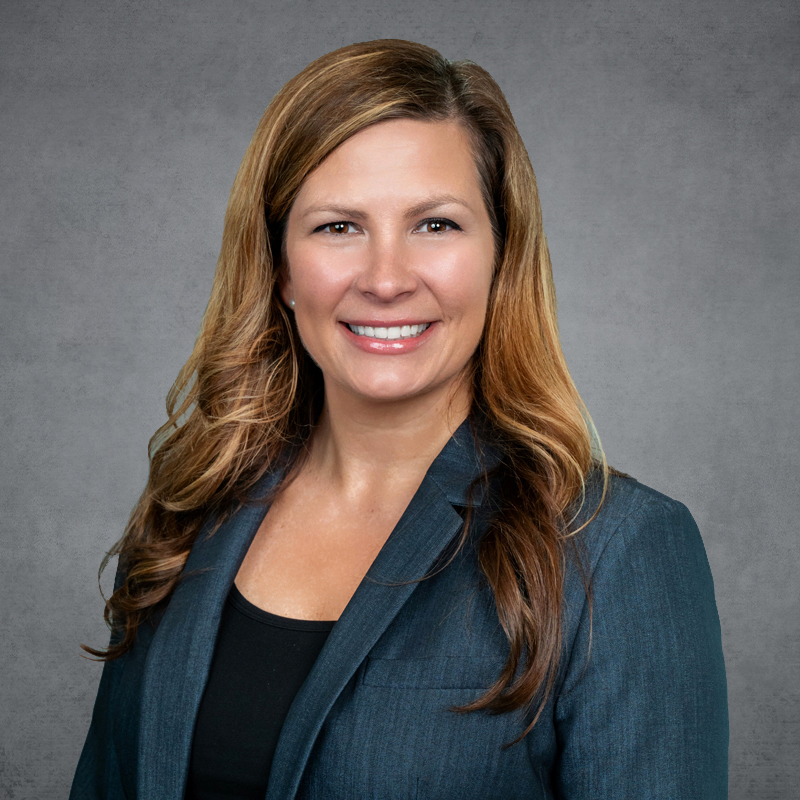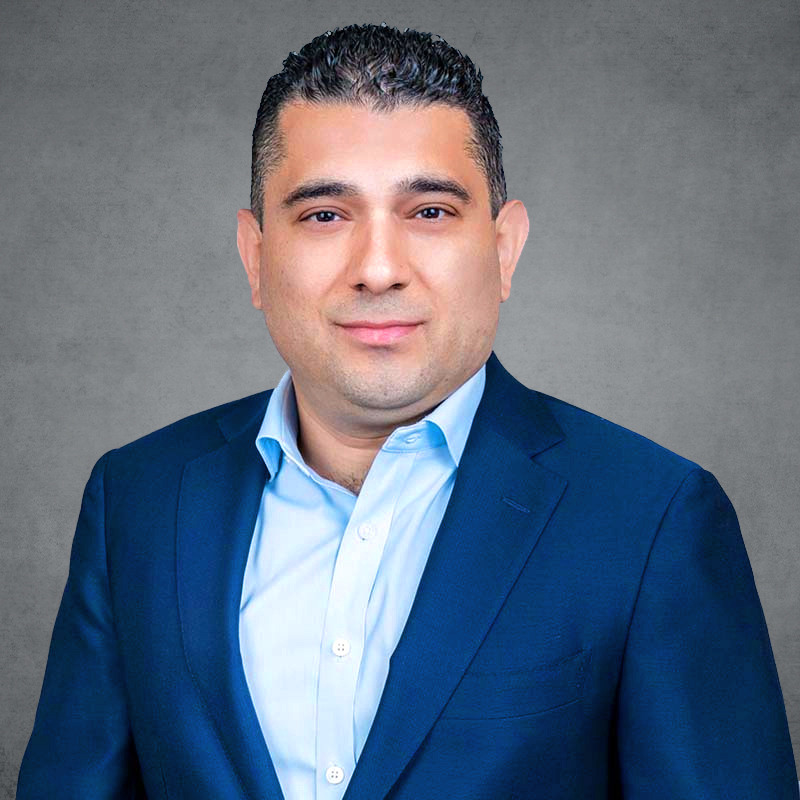

Executive Perspectives
The energy sector is approaching a turning point – one that echoes the scale and urgency of the post–World War II grid buildout. Back then, a booming economy, population growth, and industrial expansion pushed electricity demand to unprecedented levels. Utilities responded with speed and scale, building out a modern grid in record time. Standardization, innovation, and bold investment weren’t just nice to have – they were non-negotiable.
Today, we’re facing a similar inflection point. Global electricity demand is expected to surge more than 50% in the next two decades, driven by AI, a manufacturing renaissance, and mass electrification that will span everything from vehicles to heating to heavy industry. Meeting that demand will require a mindset of urgency, focus, and a willingness to rethink how we build, operate, and invest.
That is what we mean at GE Vernova when we talk about “The Energy of Change”: it’s a call to lead with optimism, move with pace, and build something cleaner, tougher, and smarter. It’ll take urgency and discipline, yes, but also belief that real progress comes from pushing the boundaries of what’s possible.
Moving forward, success will depend on how well we execute in five key areas:

We’re not claiming to have all the answers. But as one of the world’s leading energy manufacturing companies, we see the pressures firsthand, and we’re learning fast. My goal is to share what’s working, where we’re investing, and why we believe speed, simplicity, and strategic focus will separate the leaders from the rest.
The last great buildout gave us the grid we rely on today. The next one will shape how the world is powered tomorrow.
SUPPLY CHAINS ARE STRATEGY
Global supply chains have always been a backbone of manufacturing, but today, they’re a front-line issue. With energy demand rising faster than at any point in recent memory, their strength, speed, and adaptability have never been more critical. It’s time to stop thinking of supply chains as static procurement functions and start treating them as strategic, dynamic engines for growth.
We’ve learned that resilience starts with focus. That means simplifying where we can and investing more heavily in what we know works. Our best-performing products – the ones we call our “workhorses” – are designed to scale quickly, integrate smoothly, and avoid the kinds of complexity that slow things down when speed matters most. When you’re trying to serve massive, fast-moving markets, standardization isn’t a constraint, it’s a competitive edge.
This approach also guides how we invest. We’re not spreading capital thin across side bets or adjacencies. Instead, we’re channeling it toward the capabilities that help us fulfill our existing backlog faster and more reliably. That kind of discipline isn’t always easy but knowing where to focus is essential for success. For example, we recently acquired Woodward’s heavy-duty gas turbine combustion parts business in Greenville, South Carolina, a move that deepens our vertical integration and adds resilience to a critical partof our domestic supply chain.1 It’s the kind of investment that helps us meet growing demand faster, with greater control and confidence.
Resilience is also a core component to our strategy. It isn’t something you retrofit. It must be built into the structure of your business. That’s why earlier this year we announced a nearly $600 million investment across our U.S. manufacturing footprint, expanding capacity in gas, grid, nuclear, and wind to meet soaring demand at home and abroad. It’s not just about scale; it’s about investing in our operations so we can move with greater confidence in a volatile world.
None of this happens overnight. But the companies that focus, simplify, invest with discipline and take action now will be the ones ready to lead through the energy investment super-cycle that is just getting started.
SPEED IS A DESIGN CHOICE
As energy demand surges, the ability to move fast will separate the leading companies from the rest. The problem is infrastructure has never been known for speed. Long timelines, complex approvals, and custom-built designs have too often slowed progress to a crawl.
It doesn’t have to be that way.
One of the most effective levers we’ve found is reusing what already works: proven designs and established regulatory precedents. Instead of starting from scratch every time, we’re working with regulators and partners to apply lessons learned elsewhere, sometimes from other countries or regions, to streamline the process. That kind of regulatory “reuse” can shave years off a project. We’re seeing this firsthand as construction of our small modular nuclear reactor begins in Ontario, Canada, the first of its kind in the Western world.2 The project’s standardized design and delivery model offers a clear path to faster, more scalable energy deployment.
The same logic applies to product design and manufacturing. Standardizing components and adopting modular builds makes it easier to replicate what’s already successful. It simplifies engineering, reduces cost and risk, and speeds up deployment, all while improving performance and reliability.
A key driver here is the “lean” methodology we apply across our operations. It is a culture of continuous improvement and problem solving to achieve quality. It means combing through every aspect of a production or business process, hunting for ways to eliminate waste and create more value with fewer resources using data-driven, team-oriented, structured problem solving. We inevitably identify small tweaks and incremental changes that add up to significant efficiency and change the way business is done.
In a world where demand is only going up, the ability to build fast will be a lasting advantage. The companies that streamline, standardize, and stay proactive will be the ones ready to meet the moment.
DIGITAL INTELLIGENCE AT THE CORE
As infrastructure scales up and grows more complex, digital intelligence isn’t a nice-to-have anymore, it’s table stakes. The ability to gather real-time data, learn from it fast, and act quickly is what will keep electricity operations reliable, efficient, and resilient in the years ahead.
GE Vernova is responsible for one of the largest installed power bases in the world: 7,000 gas turbines, 57,000 wind turbines, and more than 70 gigawatts of nuclear capacity. Every one of those assets sends back a steady stream of operational feedback that we continuously analyze and use to improve our processes. Whether it’s spotting early signs of equipment wear or optimizing how we allocate parts and people, sophisticated AI helps us utilize massive amounts of information to continue to improve and better serve our customers.
The reality is, we can’t afford to relearn the same lesson over and over. When we figure out how to solve a problem in one place, digital intelligence lets us apply that solution everywhere. That kind of speed, scale, and consistency is only going to matter more as energy systems continue to evolve.
Leaders who invest in first-in-class data management now, deeply and intentionally, won’t just be keeping up, they’ll be setting the pace.
TALENT IS INFRASTRUCTURE
Technology doesn’t move itself, people do. As energy systems become more advanced, complex, and digitally driven, the industry’s workforce needs to evolve just as fast. That means developing new skill sets, attracting new kinds of talent, and building teams that can deliver on both the physical and digital demands of the job.
We chose Cambridge, Massachusetts as our headquarters because we wanted to be close to the next generation of engineering and software talent – people who think in code and circuits but also understand the stakes of powering the world. Our proximity to institutions like MIT helps us bring together experienced industry minds and emerging technical experts under one roof. We recently deepened our commitment to that ecosystem through a new $50 million strategic alliance with MIT, funding joint research in electrification, decarbonization, and renewables acceleration.3 The alliance also supports scholarships and leadership development, helping cultivate the talent and technologies that will define the next era of energy.
We’re also making big investments in our U.S. workforce more broadly. That includes the anticipated ~1,500 new jobs that come with our $600 million investment in American factories and engineering hubs. Some of those roles are traditional craft labor, while many are new digital and systems jobs that didn’t exist a decade ago.
The broader takeaway is this: to lead in the next era of energy, companies need to get proactive about talent. That means putting down roots in the right places, creating pathways for the next generation through mentoring and professional growth, and investing in both people and place. The scale of the energy transition isn’t just technical, it’s human, and we’ll need the best team in the world to continue to lead it.
CONVICTION IS A COMPETITIVE ADVANTAGE
Meeting the demand surge ahead isn’t just a technical challenge, it’s a leadership one. The companies that pull ahead won’t be those chasing the next headline. They’ll be the ones that recognize patterns early, act with conviction, and stay focused through volatility.
GE Vernova technologies help generate half the electricity in the U.S. and approximately a quarter of the electricity worldwide. That scale gives us something rare: the ability

Leaders who invest in first-in-class data management now, deeply and intentionally, won’t just be keeping up, they’ll be setting the pace.
- Scott Strazik | CEO, GE Vernova
to see system-level pressure points before they become bottlenecks. We’re already seeing it with our high-renewables customers, where grid stability is under strain, and using those insights to help customers in earlier-stage markets stay ahead of the curve. We’re doing the same as we prepare for the next wave of data center growth, mapping capacity and supply chain placement with geopolitics, permitting timelines, and demand forecasts in mind.
But pattern recognition is only half the equation. The other half is long-cycle discipline. Even in moments of short-term boom like the one we’re seeing in gas turbines right now, we’re continuing to invest in technologies that will matter decades from now such as carbon capture, direct air capture, and next-generation nuclear. When you manage infrastructure that’s meant to last 30 years or more, you can’t afford a quarterly mindset. You constantly need to look at the horizon to see what’s coming.
That’s the kind of leadership the moment demands: wide-angle thinking, smart asset allocation, and the courage to stick to a strategy even when the headlines shift. The energy systems of tomorrow will be faster, smarter, and more complex, but the leaders shaping them will win by focusing on fundamentals: pattern recognition, long-cycle bets, and relentless execution.
BUILD TO MEET THE MOMENT
We’re at the front end of a generational transformation in energy. Meeting the moment means more than keeping pace, it means thinking bigger, acting faster, and building smarter. The companies that will lead through this era won’t be the ones chasing every trend. They’ll be the ones with a clear strategy, a resilient foundation, and a team that knows how to move with urgency.
Our playbook comes down to three things: simplify to scale, repeat and improve on what works, and let data lead. We’re building strong supply chains around repeatable products that can scale without surprises. We’re streamlining infrastructure development by leaning on proven designs and regulatory precedents. And we’re putting digital intelligence at the core so we can adapt in real time and raise the bar for reliability and efficiency across the board.
The energy systems of tomorrow will look different, but the fundamentals will still matter. Focus. Discipline. Speed. If we can deliver on those, we’re not just responding to demand, we’re shaping the future of energy. That is The Energy of Change in action.
The views and opinions expressed herein are solely those of the individual authors and do not necessarily represent those of The Consello Group. Consello is not responsible for and has not verified for accuracy any of the information contained herein. Any discussion of general market activity, industry or sector trends, or other broad-based economic, market, political or regulatory conditions should not be construed as research or advice and should not be relied upon. In addition, nothing in these materials constitutes a guarantee, projection or prediction of future events or results.
